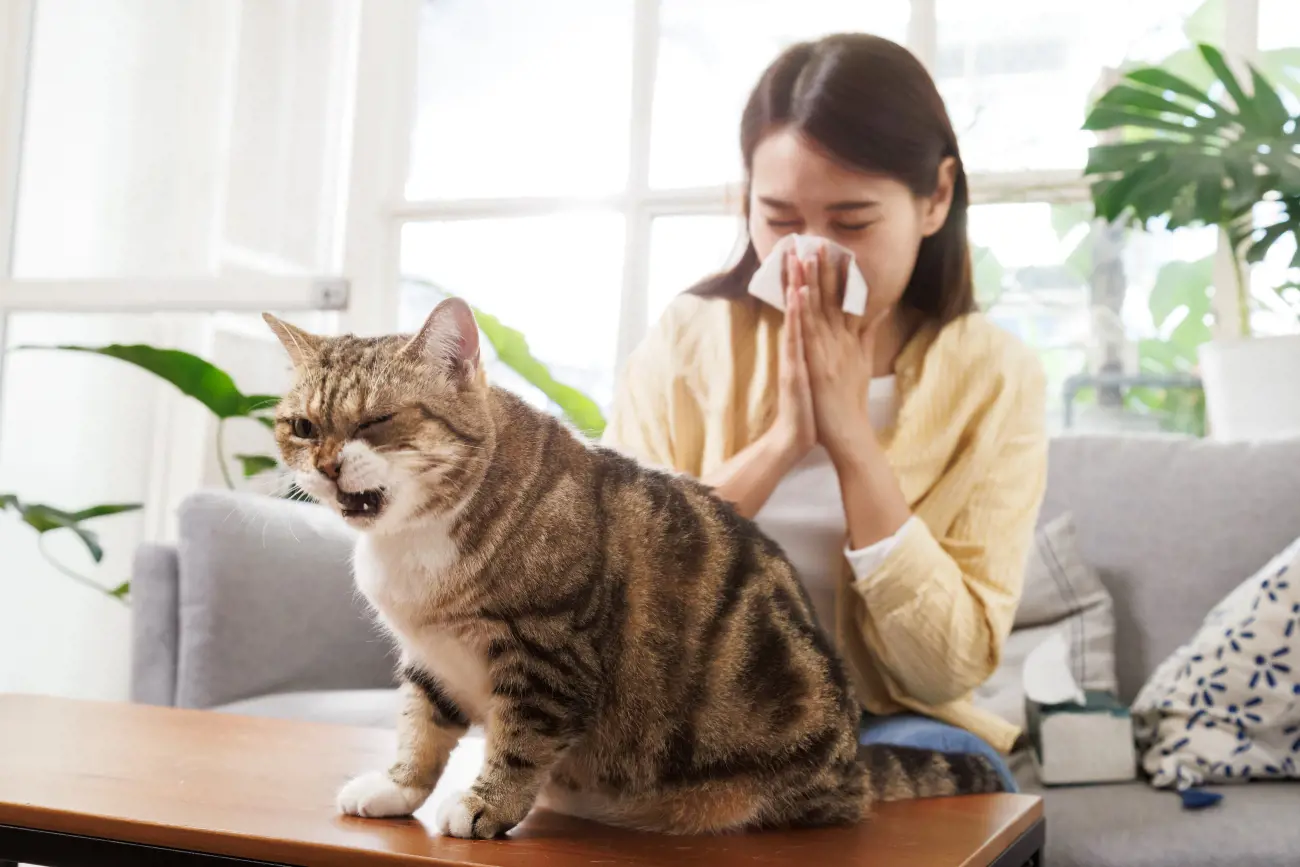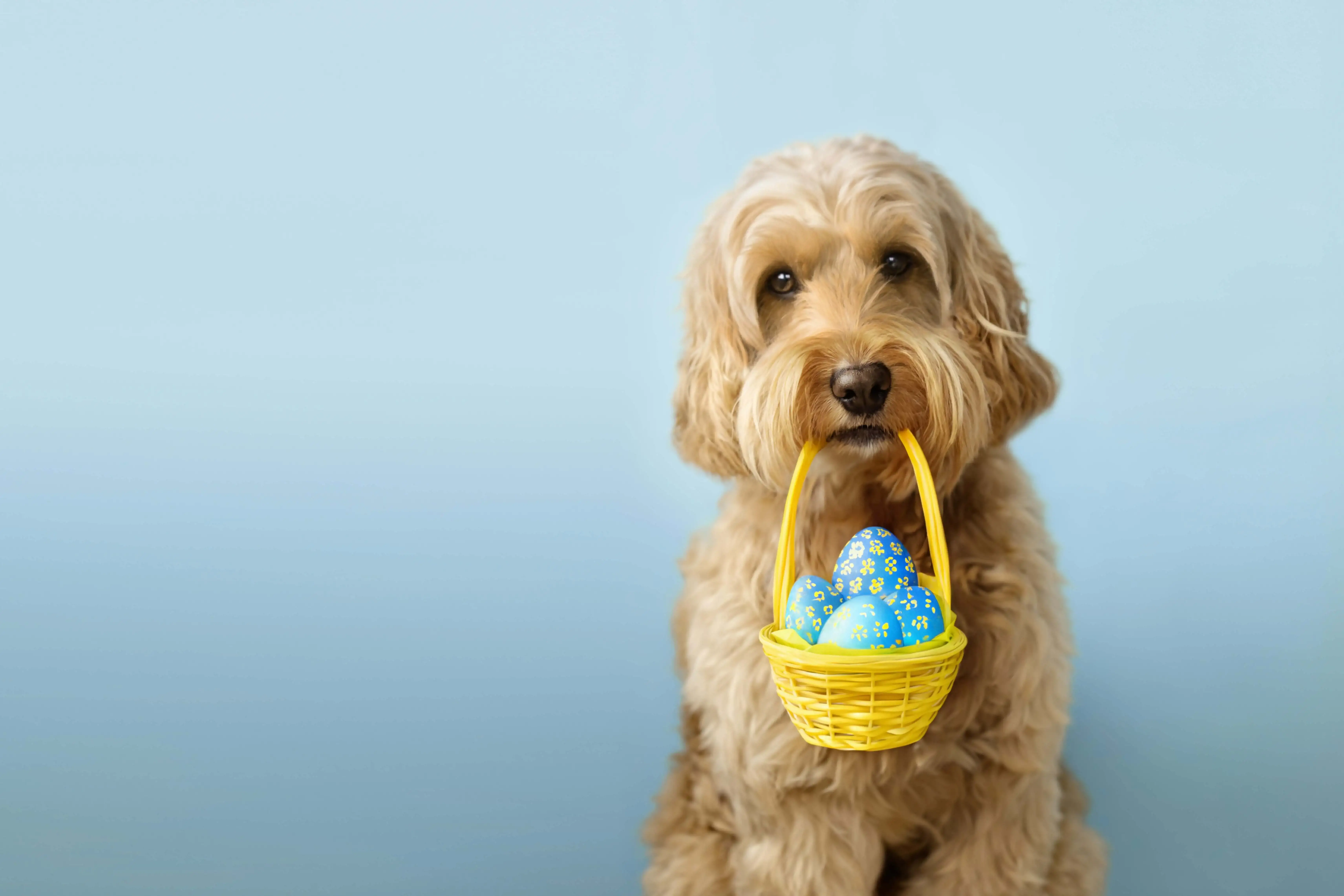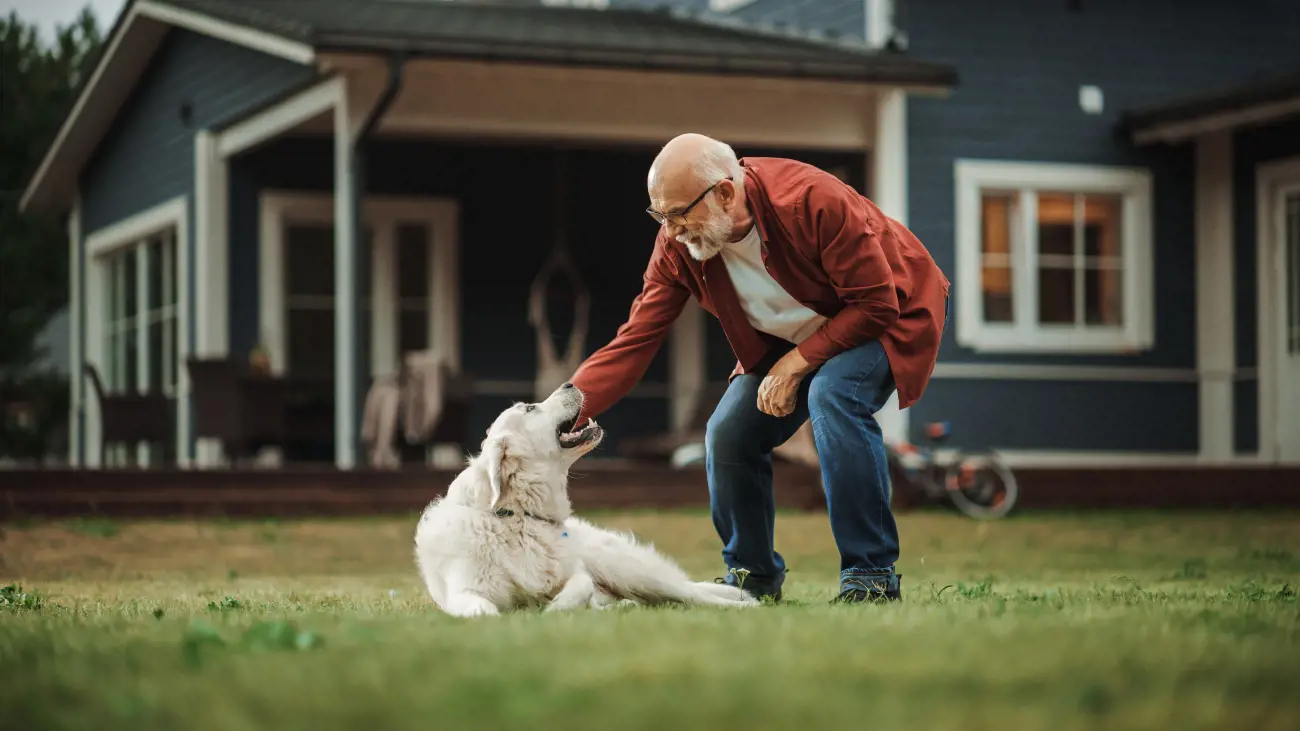Autumn risks for dogs
14th September, 2021
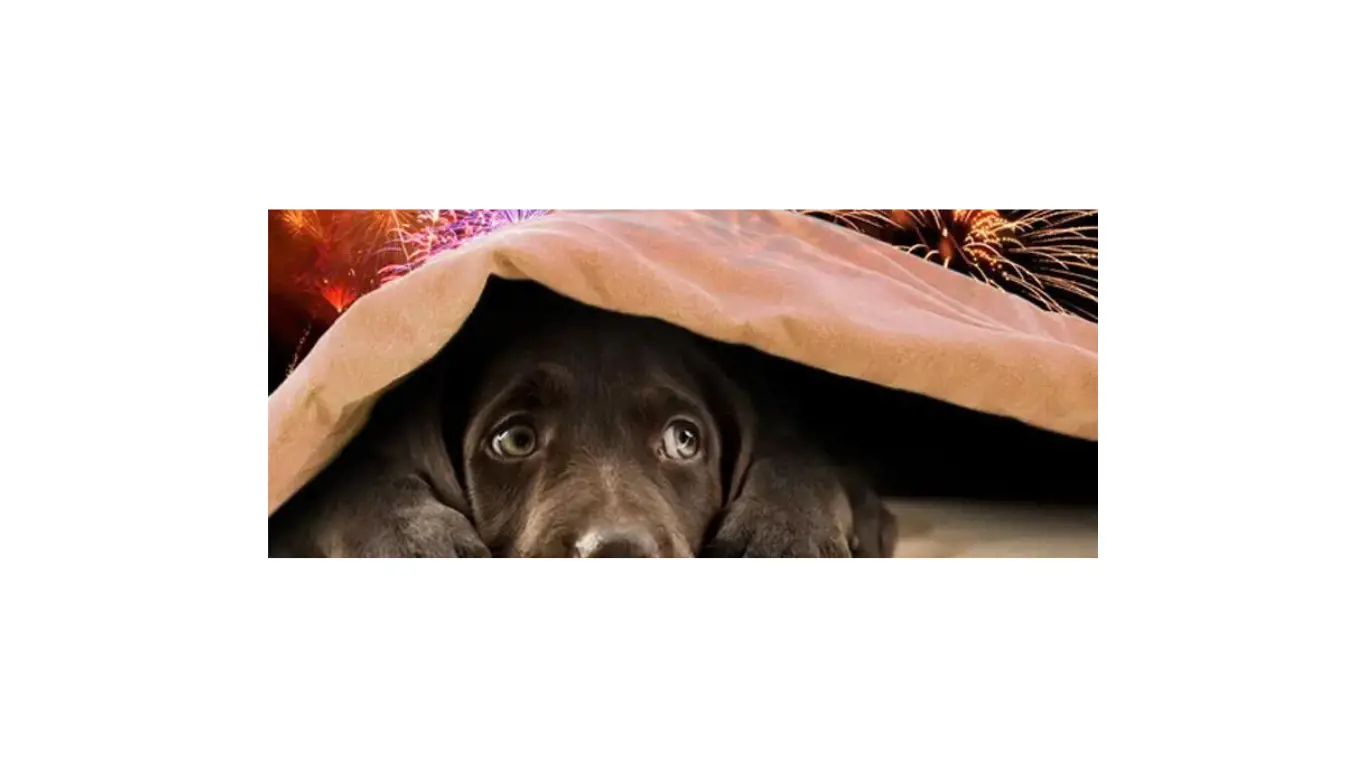
Autumn is a great time of year for long walks with your beloved pooch. It’s not too hot, not too cold, and there are plenty of crisp, golden leaves under-paw. Not to mention all those muddy puddles for splashing around.
In other words, autumn is the perfect time for canine capers.
But with the change of seasons comes a number of doggy dangers. As a responsible pet parent, you need to be aware of the risks autumn can pose for your pooch and be prepared by having quality pet insurance.
Here are some of the most common risks for dogs in autumn.
Seasonal canine illness
Seasonal canine illness is a bit of a mystery. Most commonly seen between August and November, it affects dogs after walking in woodland and can be fatal.
It can affect dogs of all shapes, sizes, sex and breeds, and can cause sickness, diarrhoea, lethargy, muscle tremors, and a raised temperature. Symptoms come on quickly (about 24-72 hours after being in woodland).
If you suspect your dog is showing signs of seasonal canine illness, you should contact your vet immediately.
Darker, colder walks
Once the clocks go back and the days get shorter, it’s good to be prepared for your walks.
You can get clip-on lights that you attach to your dog’s collar so you can keep track of them when they’re off the lead. If your dog is sensitive to the cold, make sure they stay warm when out and about. If you both wrap up in warm, waterproof coats, you’ll keep the chill out.
Reflective leads, collars and harnesses will help drivers see your dog better in the dark. You might want to invest in some reflective clothing for yourself as well. For more information, check out our tips on choosing the best lead and collar for your dog.

Conkers and acorns
Conkers and acorns are synonymous with autumn, and are in abundance on woodland floors. The majority of dogs aren’t going to be interested in trying to eat them, but if your pup is a keen chewer, they might give it a go.
However, both conkers and acorns are poisonous to dogs if swallowed and can cause drooling, vomiting, diarrhoea, stomach pain, and blocked intestines.
Some dogs like to carry items in their mouths on a walk, so might occasionally decide on a conker. Just make sure you take it from them before they start chewing.
Mushrooms
Another common sight during the autumn months is mushrooms. The majority of wild mushrooms are completely safe. However, there are some which are highly toxic to dogs.
Even the best fungi experts out there can struggle to identify some species, so it’s nearly impossible for the rest of us non-experts.
Where possible, try to keep your dog away from all mushrooms and fungus while out walking. There’s so much to see and smell in autumn, it shouldn’t be difficult to direct their attention elsewhere.
Fallen leaves
Who doesn’t love to run through a pile of fallen leaves – we’re including humans as well as dogs, here. But while a pile of fresh, crisp autumn leaves is not going to pose any issues, a pile of wet, rotting leaves might.
When leaves get wet, they become the perfect breeding ground for bacteria, fungus and mould, which can be harmful to your dog. If ingested, they can cause various stomach problems.
So, if you’re out for a walk and there are lots of fallen leaves, make sure to wash your dog down once you’re home. This will avoid them consuming any bacteria if they later lick their fur.

Fallen fruits
During the autumn months, fruit trees start dropping their fruit. Just as freshly fallen leaves pose no real problem to dogs, the same can be said of fruit – although, fruit with seeds can be dangerous to dogs. It’s when fruit has been on the ground for some time that the issues really begin.
When fruit turns mouldy and starts to ferment, it becomes a danger to dogs. Fallen fruit can contain tremorgenic mycotoxins, which can cause muscle tremors and convulsions in your pet pooch.
The alcohol contained in fermenting fruit can also cause sickness and diarrhoea. If you have fruit trees in your garden, pick up any fallen fruit regularly and don’t go for a walk in an orchard!
Pet insurance can help if you need to seek emergency treatment.
Rat poison
When the temperature drops, rats and mice like to find warm, sheltered places to hide away.
Rat poison is one way of keeping these unwelcome visitors out of your home. However, the chemicals contained in rodenticides can be toxic to dogs as well as rodents. Many of these poisons contain anticoagulant properties which prevent blood clotting.
If your four-legged friend eats any of this poison and gets a cut on their body (even a small graze), it could cause severe bleeding.
Signs that your dog may have ingested rat poison include weakness, seizures, vomit with blood in it and rapid breathing. If you are worried your dog may have eaten rat poison, you should contact your vet immediately.
Antifreeze
Colder, frosty mornings can sometimes mean your car needs a helping hand to run smoothly. And that’s where antifreeze comes in handy. However, antifreeze products contain ethylene glycol which is highly dangerous if some is spilled and ingested.
It tastes sweet and is surprisingly palatable, but even if your dog eats just a small amount, it can cause serious kidney damage and even death.
The first signs that your dog may have consumed some antifreeze is that they appear ‘drunk’ or unsteady on their paws.
Keep an eye for antifreeze leaks from your car radiator and keep the bottle well out of the way. Be sure to contact your vet if you have any concerns and make sure you have quality pet insurance for your pet so your mutt can get treated quickly in such a situation.
Chocolate
When the nights draw in and the temperature drops, we tend to hunker down indoors eating comfort food.
Top of the list of comfort foods for many people is chocolate, but this sugary treat can be dangerous for dogs. Chocolate contains theobromine which is toxic for dogs, causing seizures, vomiting and diarrhoea.
Keep bags of chocolate up high, well out of reach of inquisitive paws and noses, and if you’re concerned that your pooch has eaten something they shouldn’t, get in touch with your vet as soon as possible. Pet insurance can help cover any unexpected costs.

Exercise and diet
With more cold, wet weather in autumn, you might find your dog is less interested in long walks.
If so, it will mean they are not getting as much exercise as they would during the spring and summer. To avoid your mutt piling on the pounds, keep an eye on their weight and food intake – it may be necessary to reduce the amount of food you give them.
Joint pain
It’s not just humans who suffer from joint pain as they get older – dogs can too. Conditions such as arthritis can become worse when the weather gets colder and wetter. If your pet pooch is suffering from any kind of joint pain, they may be reluctant to head out for a walk.
Common signs of joint pain in dogs include limping, whimpering, and general discomfort. If you suspect your canine friend has arthritic pain, speak to your vet for advice.
There are a number of treatments available, such as medication, heat therapy, acupuncture and supplements. Having insurance for a pet that covers things like arthritis will keep you and your pooch happier for longer.
Wildlife
It can be a real treat to see wildlife going about their business when out for a walk. But if you have your dog with you, you need to be aware of the added dangers. In woodland areas, you may come across badgers, busily fattening themselves up for the winter months.
Badgers are shy creatures, but when they feel threatened they can put up a good fight. Make sure you keep your dog on a lead if you know there’s a badger set nearby and stay alert.
Snakes are another creature to be aware of when walking. In autumn, they are preparing for hibernation, making them grumpier than usual and more inclined to bite. The last thing you want on a walk is for your four-legged friend to get bitten.
Fireworks
Remember, remember the fifth of November (and the trauma it can cause your faithful hound). A firework display can be a great source of fun for kids and adults, but all those bangs and flashing lights can be seriously stressful for dogs.
When dogs are afraid, they can act aggressively, or they might start to shake, hide or try to get away.
During firework season it’s important to give your pet as much comfort and support as possible so that they feel less anxious and stay safe.
You could make a den full of familiar blankets and toys so they have a place they feel safe and secure. Or, you might want to think about helping your dog get used to loud noises (sound therapy helps with this).
If your pooch doesn’t like loud noises, you should never leave them home alone on fireworks night (and obviously never take them to see a display).
Check out our tips for keeping your dog safe on fireworks night.

Mothballs
If your winter woollens have become the source of interest to clothes moths, you might have a few mothballs knocking around. Mothballs contain high levels of various insecticides, which can be toxic to dogs.
If eaten, they can cause anemia, vomiting, lethargy, and liver or kidney damage. They are also a choking hazard for dogs and could cause a blocked intestine.
If clothes moths are a problem in your home, look for alternatives to keep them at bay – cedar balls, lavender sachets, clove pouches or peppermint oil are all natural moth repellents.
Candles
One way of making your home feel cosier during colder months is by lighting candles. If you do use them, be sure to place them well above dog height.
A clumsy pooch can get into all sorts of scrapes but as soon a naked flame is involved, the fun ends. A quick nudge or tail flick could result in a nasty burn or a fire.
But that’s not all. Many candles release toxins which can affect the nervous system and cause allergies and respiratory problems in us and our dogs. Dogs can be especially affected because of their size. Look for candles that are made from natural ingredients and keep them up high for safety.
Fires
What better way to spend a chilly autumn evening than next to a roaring fire? If you have an open fire in your home, autumn is the time you’ll start thinking about lighting it.
Just remember that fireplaces can be a danger zone for dogs – curious puppies in particular. Make sure you have a fire guard in front of your fire when it’s lit and keep your dog at a safe distance.
Salt on the roads
When roads become icy, the gritters are on hand to keep drivers and pedestrians safe. Grit is fine, but when salt is spread on roads, it can lead to sore paws. Salted roads can cause pads to crack, and licking the salt can lead to inflammation of the mouth and digestive system.
Avoid salted roads or pavements and wash your dog’s paws after each walk. If this is a problem for your pooch, there are paw balms that will create a barrier against the salt.
Keep your dog safe in autumn
Autumn is a great time of year to get out and about with your canine pal, so it’s important to know the risks. Get out for walks as much as you can and share some quality time with your dog.
Taking care of any pet is a year-round job, and having reliable pet insurance is one way you can protect them. At Purely Pets, we know it can be hard to find the right cover for your pet’s needs. We offer a range of pet insurance policies, as well as unlimited 24/7 Video Consultations with a Vet.
To find out more, get a quote today.
Policy benefits and features offered may very between insurance schemes or cover selected and are subject to underwriting criteria. Information contained within this article is accurate at the time of publishing but may be subject to change.
Autumn risks for cats
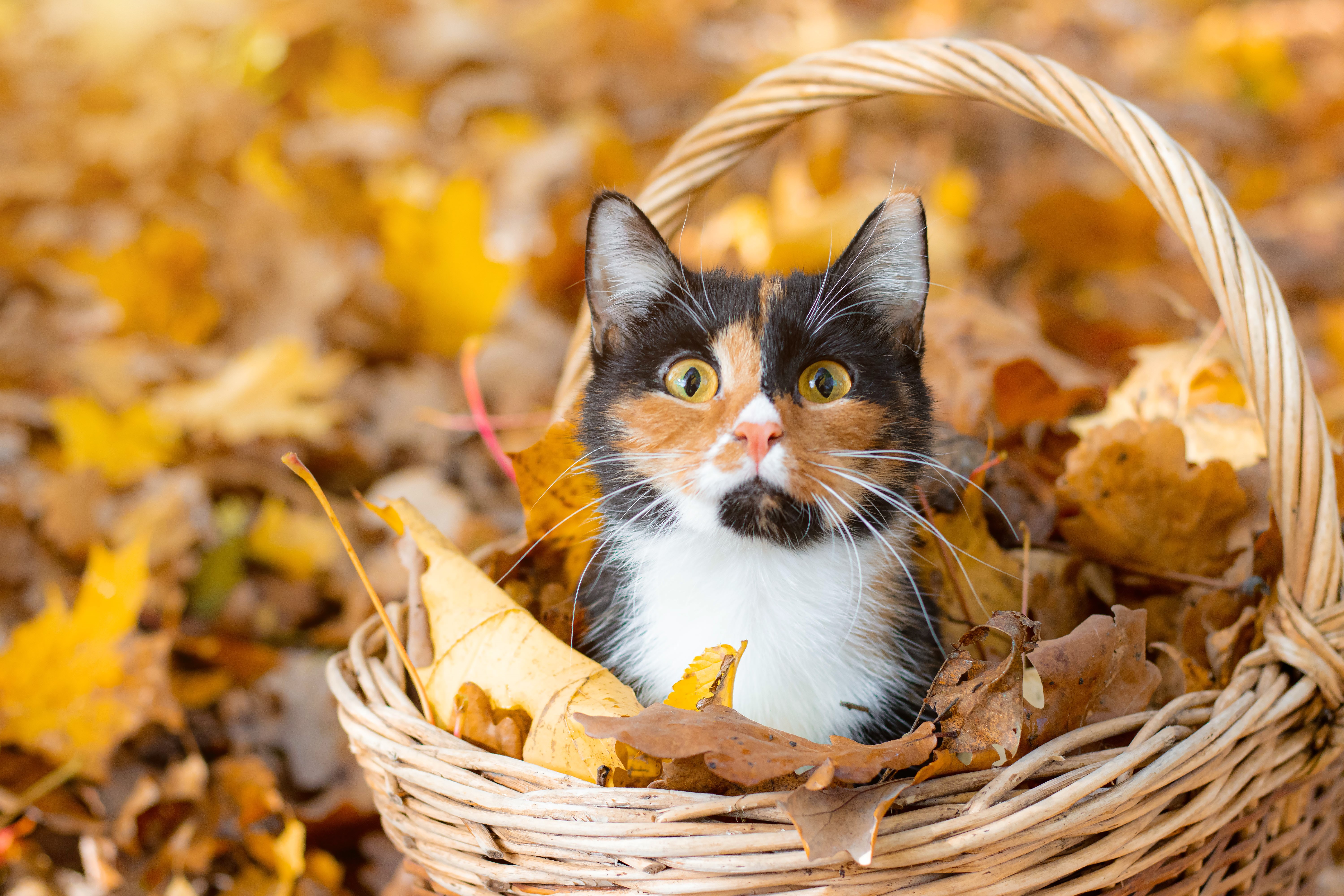
Autumn can be a beautiful time of the year, but it is important to be aware of the dangers for our cats during these months. Some of these risks are mild, such as skin allergies or certain parasites. Others can be more serious, such as eating poisonous plants or severe stress due to fireworks.
Harvest Mites
Autumn, these tiny insects climb up long grass, bushes and trees waiting to sink their fangs into something warm blooded. Signs of infestation can include skin inflammation and scratching
Mushrooms and Toadstools
Some wild mushrooms are highly toxic and if swallowed can cause kidney and liver failure. Try to keep your cat away from all wild varieties.
Fireworks
The autumn brings with it the promise of fireworks and Bonfire Night. Unfortunately, this can be a stressful time for cats as they become distressed at the loud noises and lights.
Ensuring they feel safe and happy is particularly important. Consider keeping your cat indoors, making sure all doors, windows, and cat flaps are closed so that your cat doesn’t panic and escape.
If you know your cat is fearful of fireworks, speak to a vet or qualified behaviourist prior to the start of fireworks season so you can put an actionable plan in place.
Bonfires and Burns
Cats may mistake unlit bonfires for a cosy place to sleep, curling up in the comfortable protection that the make-shift shelter provides. Ensure you thoroughly check bonfires are free of animals and wildlife before lighting.
Halloween Treats
Many of the jelly treats people buy in for Halloween ‘trick or treaters’, contain the poisonous artificial sweetener xylitol which is poisonous to cats. Chocolate contains a stimulant called theobromine, which can also be toxic to cats.
Darker Nights
As the nights draw in, emergency vets see a proportionate rise in the number of road traffic accidents. Consider keeping your pet indoors around the morning and evening rush hours.
If your cat is outdoors during dark nights and mornings, ensure they have a reflective or LED collar on.
Rat Poison
Rodenticide is commonly put down in the Autumn when rats start heading inside for warmth. Whilst designed to taste nice to rats, unfortunately cats like it for the same reason! Speak to your vet if you think your cat has eaten a poisoned rodent. Always use a pet safe product if you are attempting to get rid of vermin.
Source: CatsProtection
Helpful Pages
Recent Posts
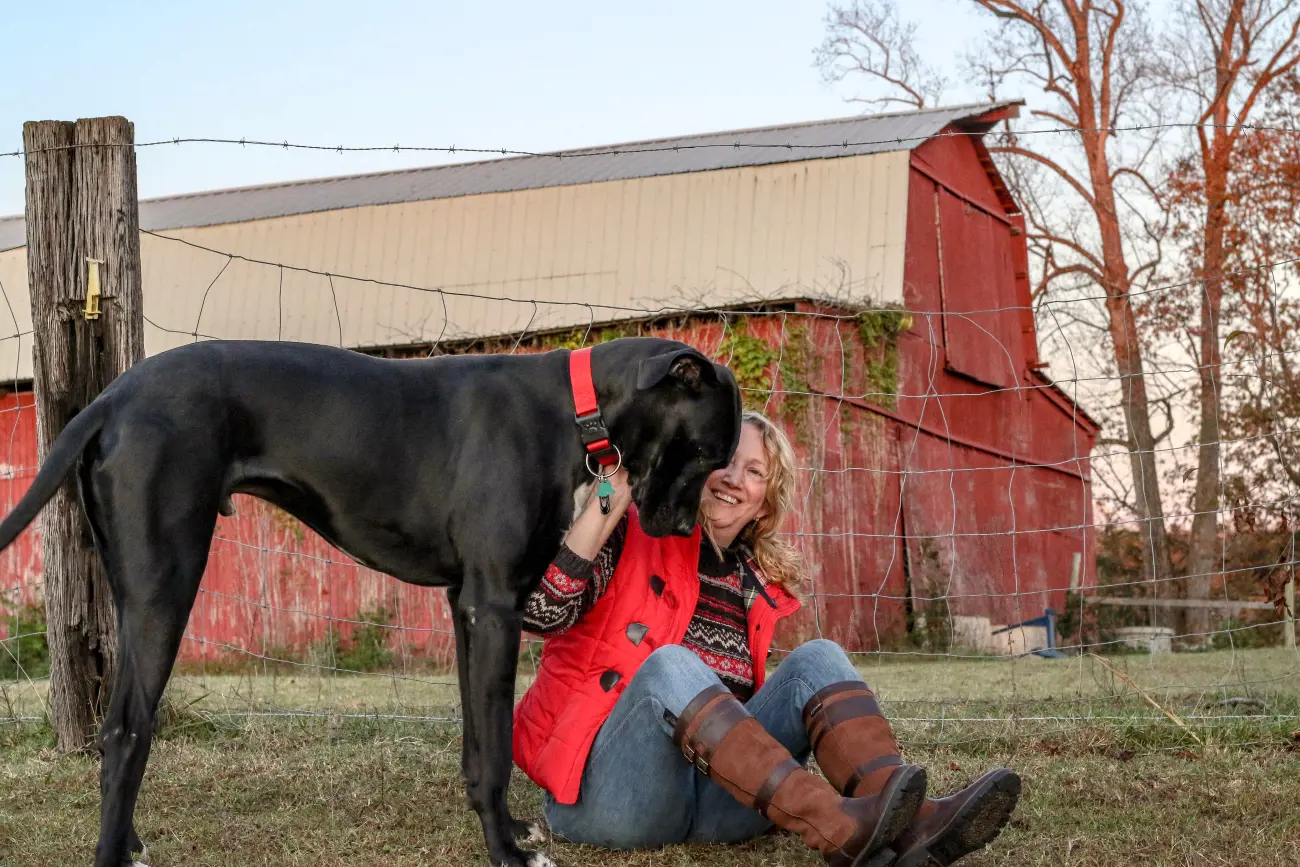
Why do Great Danes bury their heads?
12/03/25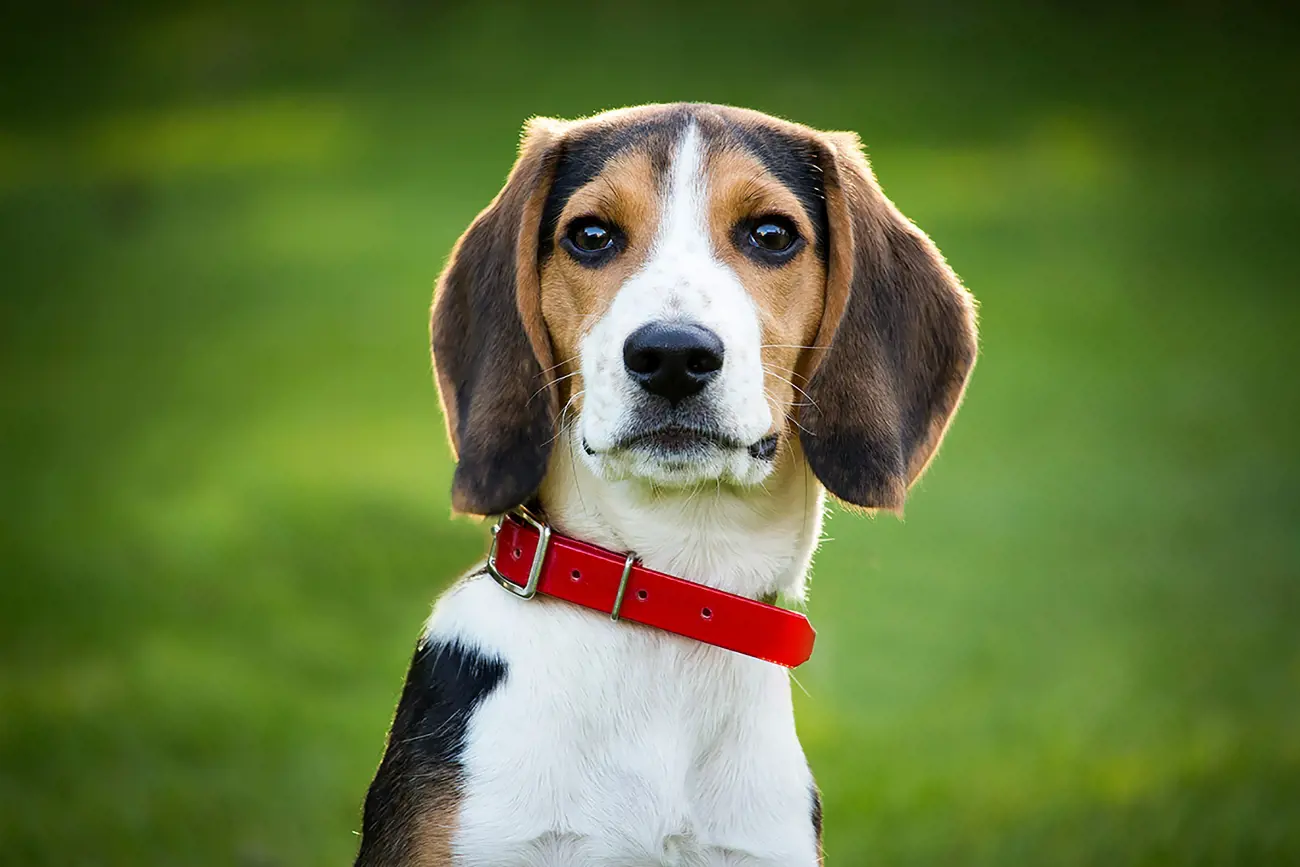
Find out more about Beagles
28/02/25Pet Insurance Quote
- 98% claims paid *
- Claims paid directly to vets
- 24/7 vet video consultations
- Interest free monthly payments
